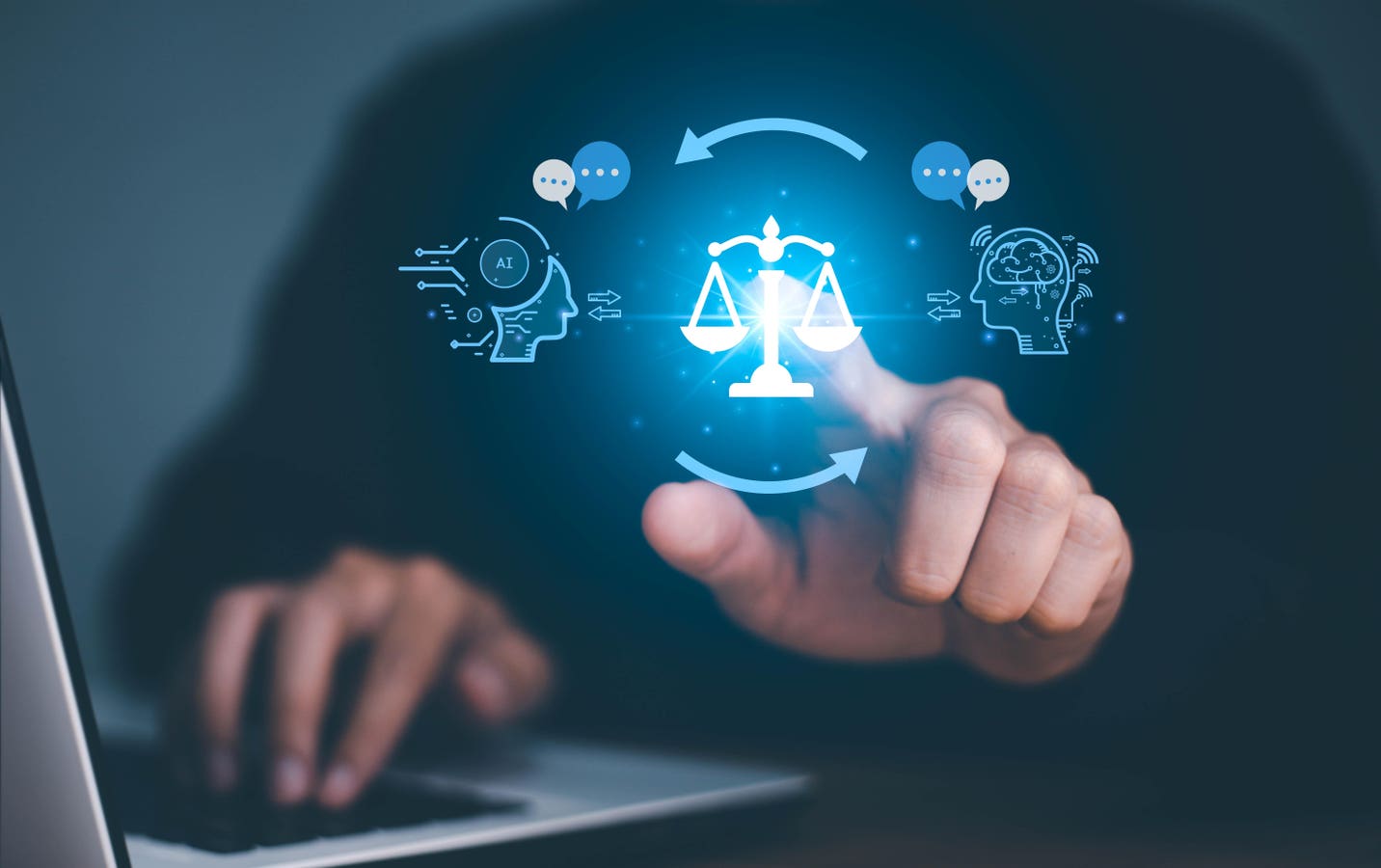Responsible AI starts with responsible leadership.
getty
As organizations race to adopt AI, it’s easy to focus on the technology. The models, the data, the infrastructure. But the real question isn’t “Can we build this?” It’s “Should we?” And that’s not an engineering decision. It’s a leadership one.
Ethics in AI isn’t a checklist to complete or a compliance box to tick. It’s a mindset that must be modeled from the top and embedded throughout the organization.
Why Leadership Sets the Tone for Responsible AI
How leaders talk about AI matters. But more than that, how they act sets the standard. Remember, actions speak louder than words.
When AI is framed purely as a tool to boost productivity, teams follow suit. They chase outputs. Automate fast. Optimize without pause, and sometimes without even thinking. But when AI is positioned as a powerful force that demands ethical awareness and thoughtful oversight that changes everything. Conversations begin to shift from just asking what we can build to asking what we should build and why.
Transparency stops being an external marketing campaign and starts becoming a culture internally. Leaders who speak candidly about AI and about what it can and should do, give their teams permission to question and to flag concerns before damage is done.
Risk tolerance evolves, too. It’s no longer about playing it safe or pushing the limits blindly. It’s about making informed, values-driven decisions. Always go back to asking what real business problem you’re trying to solve.
And governance? It doesn’t live in a binder on a shelf. It lives in behavior. Frameworks and policies are important, but they only stick when leadership brings them to life. Responsible leaders don’t just sign off on policy but actively show up and live it.
What Responsible Leadership Looks Like in Practice
So, what does it really mean to lead responsibly when AI is part of the equation?
For starters, you need to ask different questions. Not “How fast can we automate this?” but first “Should we even be doing this process?” If the answer is yes, then you need to ask “If we automate this process, what happens next?”
You stop treating AI like siloed department-owned projects. AI touches everything. That means legal, compliance, IT, engineering, marketing, product, operations all need to be in the room, not just looped in later. Responsible leaders are the ones making sure those voices aren’t just invited, but heard.
And then there’s trust. Short-term wins are tempting. The flashy pilot project. The press release. But the leaders who build something that lasts? They put trust and integrity at the center.
How to Build a Culture of Responsible AI from the Top Down
Creating a responsible AI culture isn’t accidental. It requires intentionality and investment starting with leadership. So, how do you get started building this culture?
Start with education. Executives don’t need to be data scientists or engineers, but they do need AI literacy. This means understanding what AI can and can’t do, how models behave at a high level, and where bias can creep in. Understanding this is non-negotiable.
Establish clear ethical frameworks. Define what responsible AI actually means for your organization. Create guidelines that are actionable. Make sure these frameworks aren’t sitting in a binder on a self. Share them, talk about them, and revisit them often.
Back it up with sponsorship. Responsible AI needs executive champions who fund the work, remove roadblocks, and model the behavior they want to see.
AI is having a transformative impact reshaping industries, redefining roles, and accelerating innovation. But it also carries risk, complexity, and potentially unintended consequences. Navigating this space responsibly starts with leadership. Because the future of AI will not just be shaped by what we build, but by how we lead.









